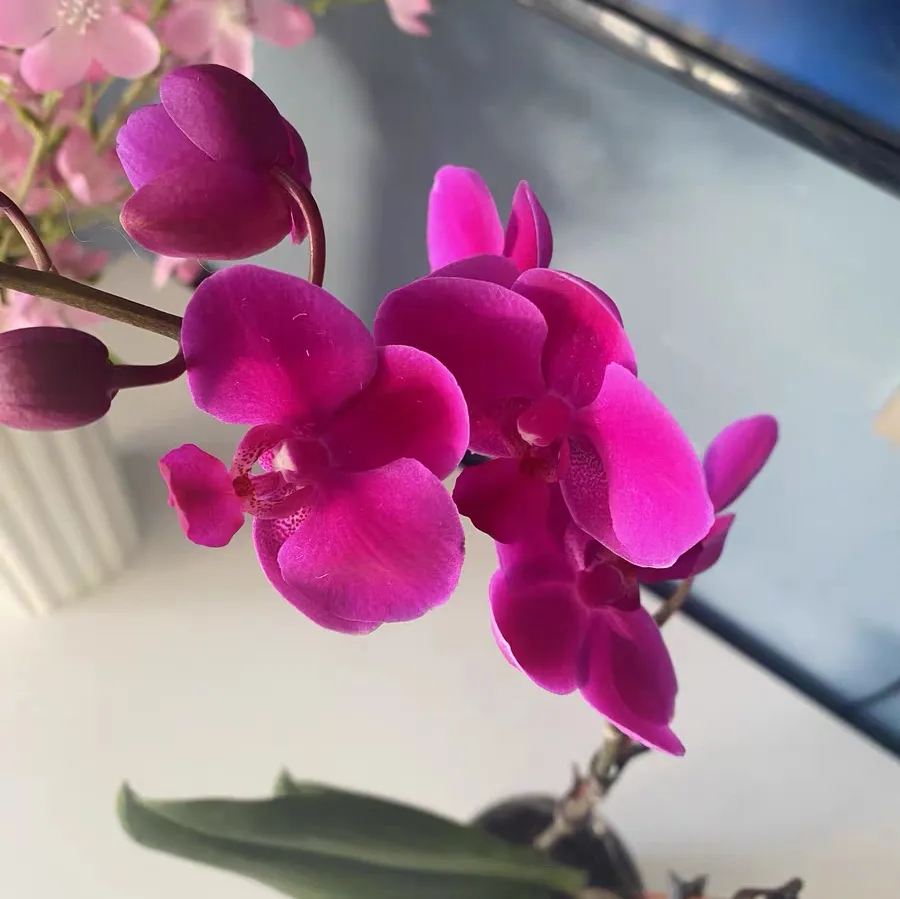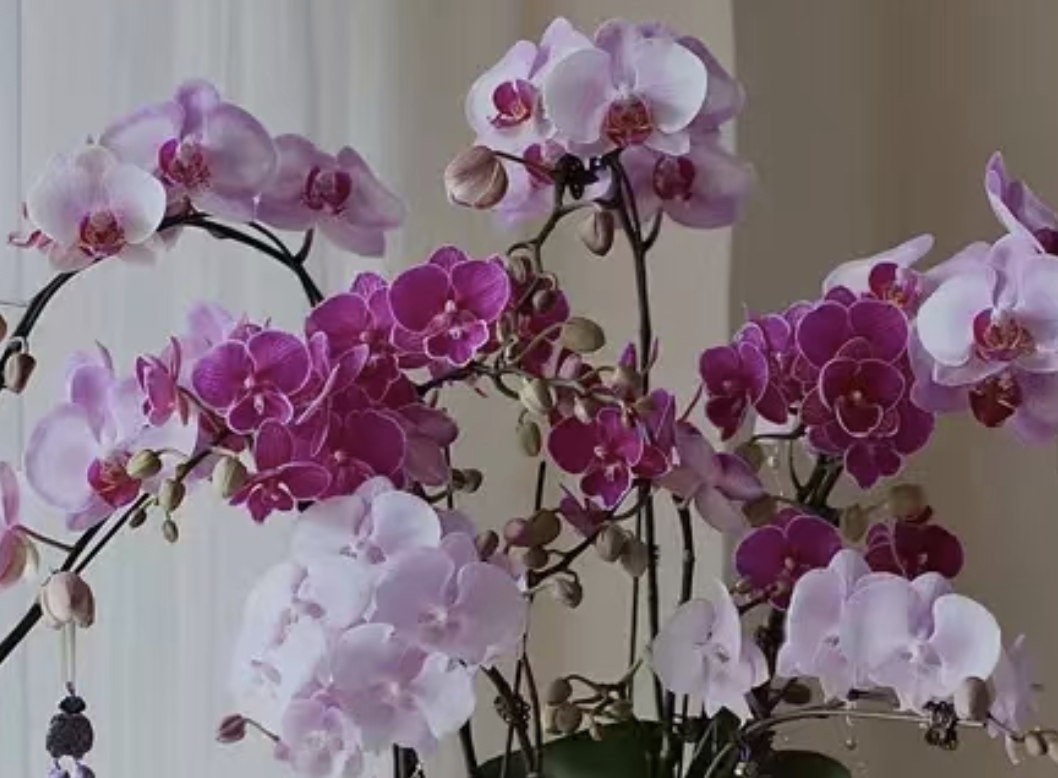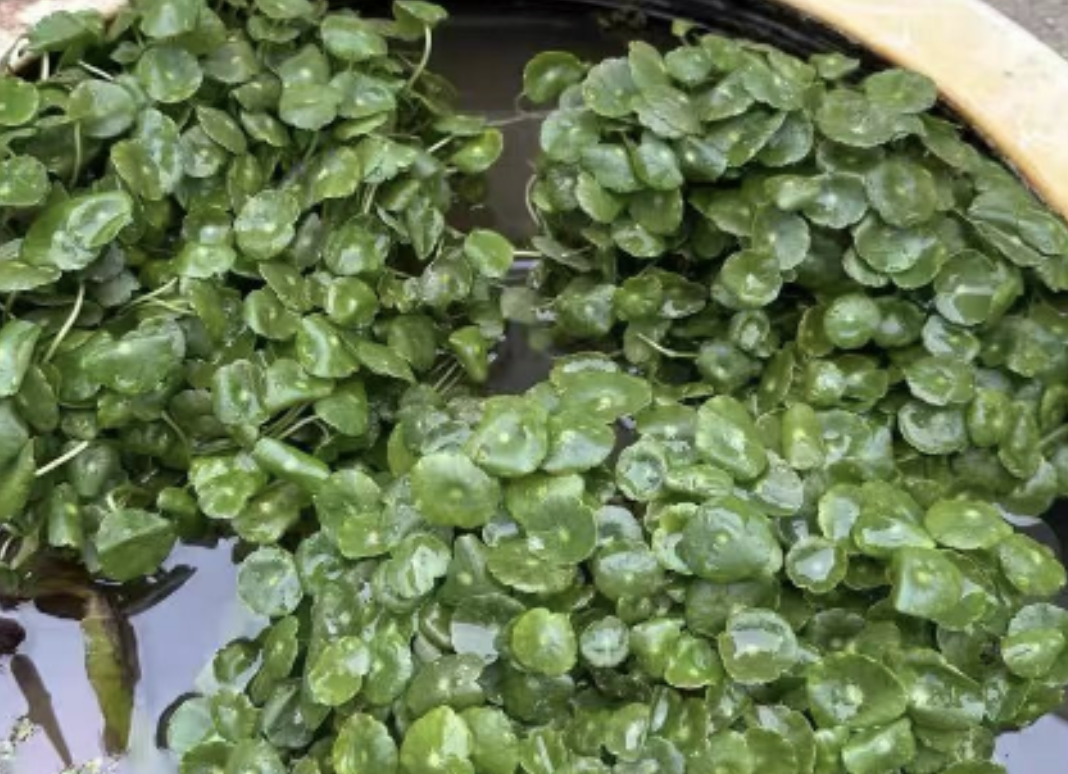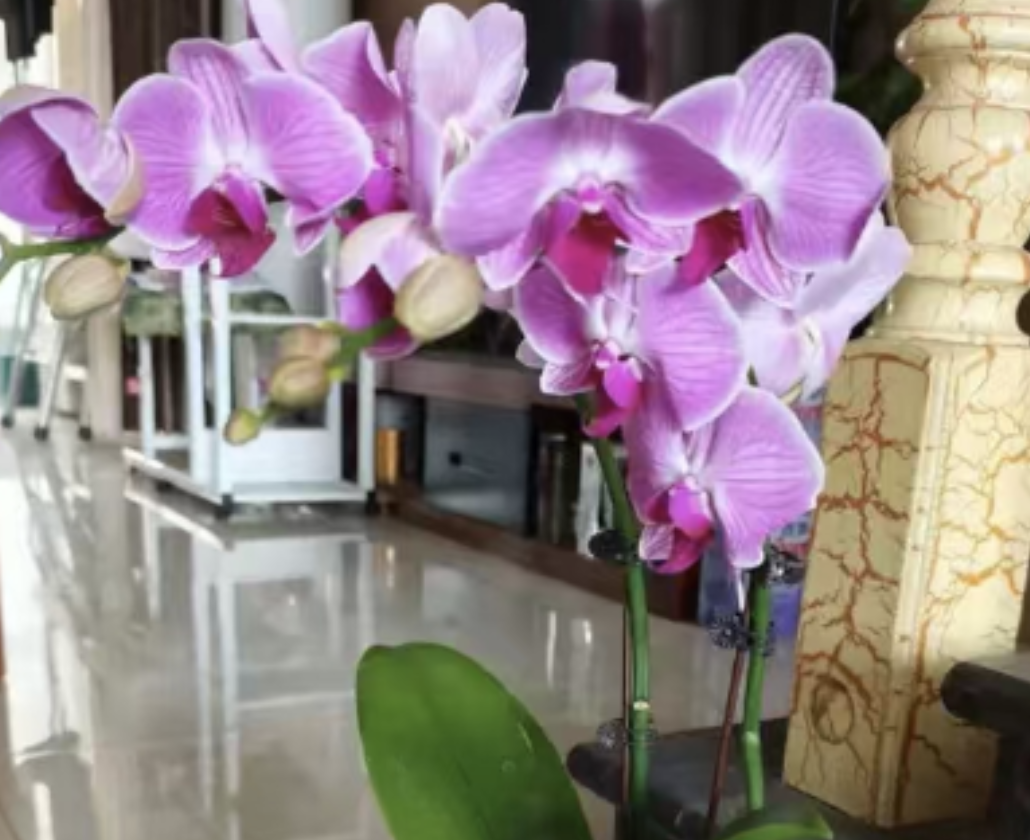Known as a "lazy person's plant," Phalaenopsis orchids are easy to care for and thrive, with a long flowering period and high ornamental value, making them a popular choice for holidays. However, the market is flooded with numerous varieties and many irregularities. Master these tips to easily avoid purchasing pitfalls~
### I. First, Check the Leaves:
Leaves serve as the "nutrient storage" of Phalaenopsis orchids. Especially during the full flowering period, they consume a lot of nutrients, so the condition of the leaves directly determines the difficulty of subsequent care.
**Must-have standards:**
- Leaves are upright, plump, and tough, with a uniform green or dark green color (except for varieties with special flower colors). The leaf surface has a natural luster, and the leaves are spread out without wrinkles;
- Having 3-4 layers of leaves indicates that the plant is growing robustly, can normally absorb and evaporate water, and provide continuous energy for flowering.
**Warning signs to avoid:**
- Leaves that are wilted, yellowed, soft, thin, shrunken, or curled are mostly signs of water shortage, lack of light, or root damage. The flowers are prone to falling off after purchase;
- Leaves with no luster, or with black spots, speckles, or disease spots on the surface may be infected with fungal or bacterial diseases, which will continue to spread. Do not buy such plants.
### II. Then Check the Roots
Phalaenopsis orchids are epiphytes, and the condition of their roots reflects their health better than the leaves. Choosing plants with healthy roots can save half the effort in later maintenance.
**Must-have standards:**
- Healthy roots are white with a hint of green, uniform in thickness, plump and tough. They are wrapped in sphagnum moss or growing media, with no signs of rot or dryness;
- Gently拨开 the surface layer of the growing medium, and you can see that the root tips are white or light green, indicating that the roots are still actively growing and have strong vitality.
**Warning signs to avoid:**
1. Roots that are black or gray, and feel dry and hard are "dried roots" caused by long-term water shortage or drought, which cannot absorb nutrients;
2. Roots that are yellow or white and hollow (easily flattened when gently squeezed) are "rotten roots" caused by excessive watering, and the whole plant is prone to withering in the later stage;
3. Roots that are soft and lack toughness, sticking to the pot wall without stretching, indicate long-term growth stagnation, and it is difficult for the plant to recover after flowering;
4. Root tips that are dark brown, or roots with mold spots or mucus are mostly infected by fungi, which will shorten the flowering period and make maintenance extremely difficult.
### III. Check the Flowers
Flowers are the core of Phalaenopsis orchids. The quality can be judged from the flower stem, the number of flowers, and the state of the petals.
**Must-have standards:**
- The flower stem is thick and upright, without bending or rotting, with strong support, and can stably hold all the flowers;
- The flowers are plump and bright, with flat and intact petals that curve slightly forward to embrace (rather than curl backward), with no burnt edges, damage, or spots, and have a natural luster;
- There are plenty of flowers in a uniform state of bloom (with both opened flowers and plump flower buds), and the flower buds are tight and not soft. Such Phalaenopsis orchids have a longer flowering period and are not easy to lose flowers.
**Warning signs to avoid:**
- A thin flower stem and sparse flowers (only 2-3 flowers on the whole plant) indicate insufficient nutrients and a short viewing period;
- Too many unopened flower buds (especially when there is a great change in the environment, such as from a greenhouse to a home) are prone to "bud drop" due to poor adaptation, meaning you spend money but can't enjoy the flowers for many days;
- Petals that are wilted, dull in color, with wormholes or disease spots should be directly rejected, as they may carry pests and diseases.
### IV. Understand Classification
Many people are confused by "rare varieties" and "imported varieties" when buying Phalaenopsis orchids. In fact, there are clear standards for the classification of Phalaenopsis varieties. Understanding these will prevent you from being tricked by merchants.
1. Classified by flower diameter:
- Large-flowered: flower diameter over 10 cm, with a grand flower shape, suitable for large spaces such as living rooms and foyers;
- Medium-flowered: flower diameter 7.5-10 cm, combining delicacy and grandeur, flexible in placement;
- Small-flowered: flower diameter below 7.5 cm, small and lovely, suitable for desks and windowsills.
2. Classified by the number of flowers:
- Top grade: more than 16 flowers in a single inflorescence (only large-flowered and tall-stemmed varieties can reach this);
- Premium grade: 11-15 flowers;
- Grade A: 9-10 flowers;
- Grade B: 7-8 flowers;
- Grade C: 5-6 flowers.
High-quality Phalaenopsis orchids not only have many flowers but also have neatly arranged flowers without being messy, providing a better viewing experience.
### V. Colors and Meanings
Phalaenopsis orchids come in rich colors, and different colors have different meanings, which can accurately express your feelings when placed during holidays or given as gifts:
- Red: symbolizes "prosperity," suitable for living room and holiday decoration, festive and warm;
- Yellow: represents "wealth and good luck," placed in the foyer or study, showing nobility in a low-key way;
- White: implies "purity and elegance," paired with a simple flowerpot, suitable for modern home styles, showing a sense of sophistication;
- Variegated (such as pink-white, purple-white): lively and vivid, suitable for young people, fresh and not monotonous.
The color of high-quality Phalaenopsis orchids should be bright and uniform, with no obvious color difference (the color transitions naturally between the petal edges and the center). Those with mixed colors or fading are mostly of poor quality or improperly maintained.
### VI. Flower Shape: Choose According to Preference, No Need to Blindly Pursue "Rarity"
Phalaenopsis orchids have various flower shapes, including round and plump, pointed and agile, with ruffled edges, etc. Different flower shapes have their own beauty, and there is no absolute "good or bad." You can choose according to your personal aesthetic. There is no need to be confused by the "rare flower shapes" mentioned by merchants. As long as the flower shape is regular and the petals are intact, it is a good flower worth buying.
Master these selection skills, and you can choose healthy, beautiful, and long-blooming Phalaenopsis orchids whether for home decoration or holiday gifts.
How to choose a good variety of Phalaenopsis

Share with
Tagged in :




Leave a Reply